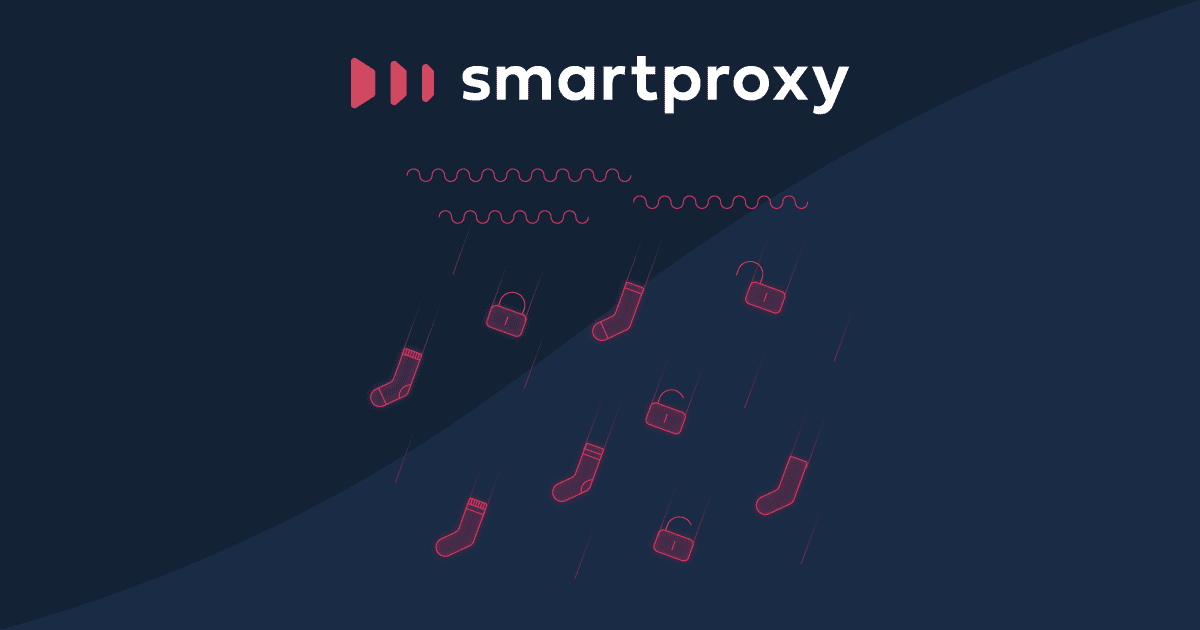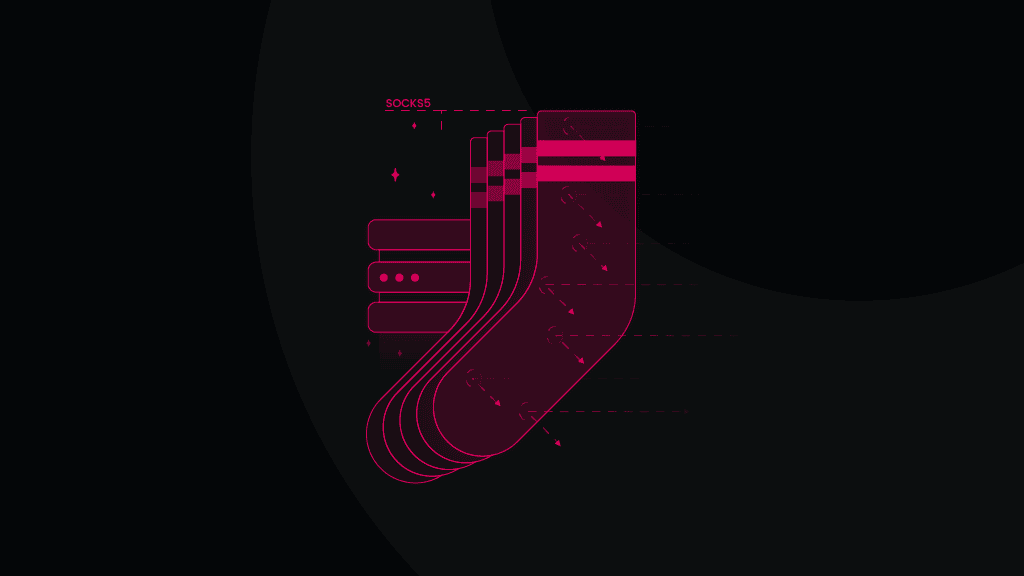Video: What’s the Difference Between Rotating and Sticky Sessions?
Rotating vs Sticky session. What exactly are they? What’s the difference and when should you choose one over the other?
Rotating Or Sticky sessions
What is a rotating proxy?
A rotating proxy is a proxy server that automatically switches the user's IP address after every connection or after a set period. It ensures that each connection appears to be coming from a different device or location. This dynamic IP rotation offers heightened anonymity, making it challenging for websites to detect or block the user. People use rotating proxies for web scraping, ad verification, market research, and multi-accounting. There are three main rotating proxy types: residential, datacenter, and mobile.
Sticky session
The residential endpoint has 3 options you can choose from. You can choose a session length of up to one, 10, or 30 minutes. You can change the port or the session ID to rotate the IP prematurely. Once you make the first connection with a sticky port, it will keep the same IP for up to one, 10, or 30 minutes, depending on the session that was chosen no matter how many times you make requests.
About the author

Martin Ganchev
VP Enterprise Partnerships
Martin, aka the driving force behind our business expansion, is extremely passionate about exploring fresh opportunities, fostering lasting relationships in the proxy market, and, of course, sharing his insights with you.
All information on Smartproxy Blog is provided on an as is basis and for informational purposes only. We make no representation and disclaim all liability with respect to your use of any information contained on Smartproxy Blog or any third-party websites that may belinked therein.






